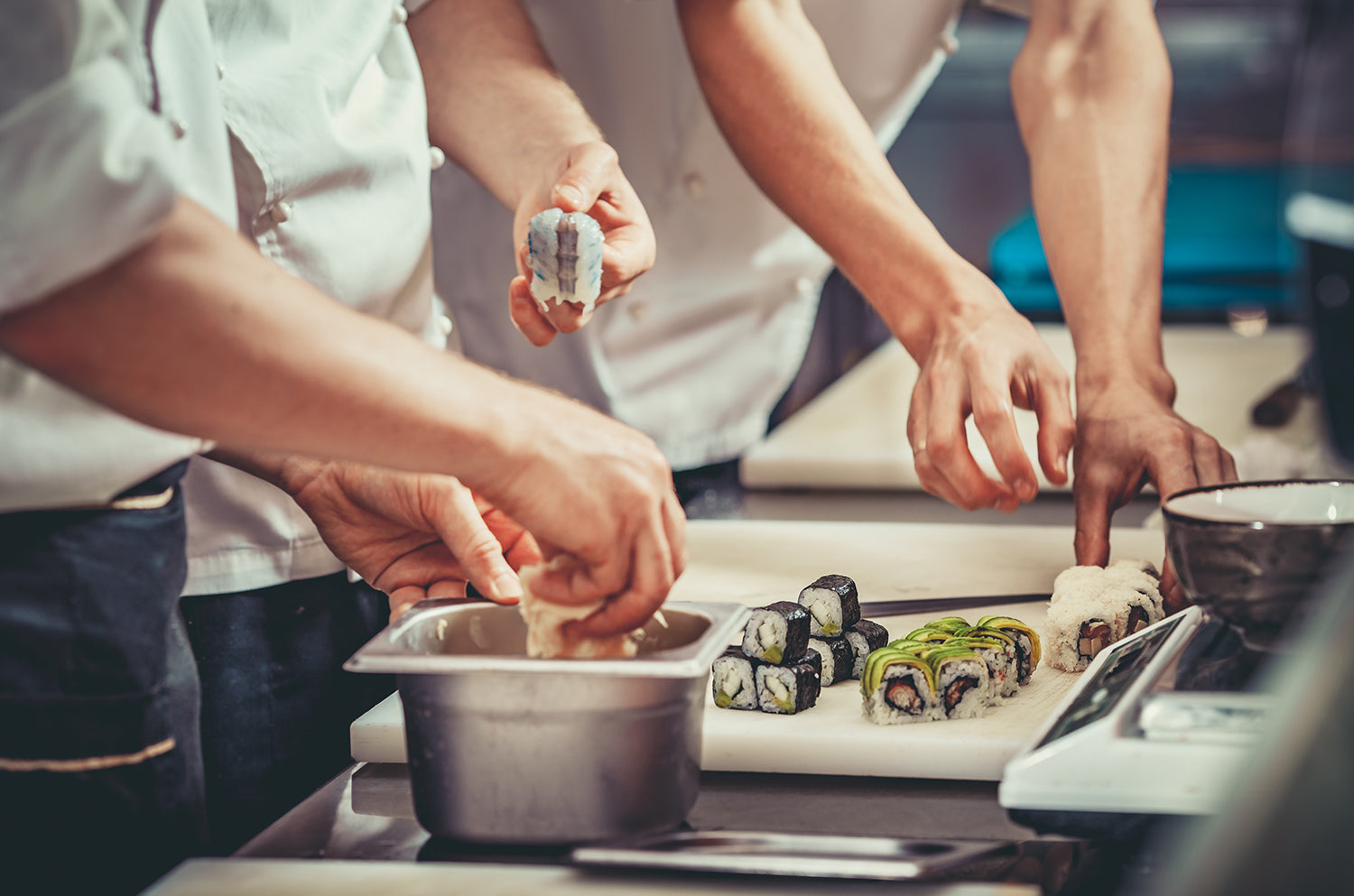Conveyor Belts Are Integral To The Success Of A Busy Sushi Restaurant

The sight of sushi traveling along conveyor belts has become a common sight with the popularity of this food increasing all over the world. A sushi-go-round is the English translation, while the Australians call it a sushi train, and the South Koreans call it revolving sushi. A Kaiten-zushi is a restaurant where the plates go round on a belt that moves past the counter as well as all the tables.
Clients can place special orders but most make their choice from a constant flow of fresh sushi on the belt. The cost is determined by the type and number of plates that are consumed. The most fascinating aspect of a sushi-go-round is the high volume of plates of fresh food that constantly stream through the restaurant.
In many restaurants, the selection is not only limited to sushi. Other options are soups, fruits, desserts, and drinks. You can even order beer but, if you do, the glass or bottle will be served on a plate so that the attendants can keep track of the cost. If you don't find anything on the belt appealing, you can place a special order. For this purpose, you may use speaker phones on the conveyor belts.
When a special order is put on the belt, it is marked so that other clients know that it is for someone else. Special orders often sit on a cylindrical stand which is labeled so that the customer can easily recognize it. If a group of people place special orders, these may be served by attendants and not placed on the belt.
Usually, there are condiments at each seat. These include chopsticks, soy sauce, pickled ginger, and wasabi. However, at some restaurants, they are placed on the belt or stacked on shelves above it. In most sushi establishments, customers even have access to a hot water faucet to make tea.
The amount of the final bill is calculated with slick efficiency. Plates with different shapes, patterns, or colors, are priced accordingly. The prices of the different plates are displayed on a poster or signboard in the restaurant. Generally, cheaper food is served on plain plates while more expensive items are served on decorative plates.
The restaurant's most expensive food is often served on gold plates. An expensive item is sometimes placed on two plates. In this case, the cost would be the price of both plates. Some sushi restaurant conveyor belts feature a button which customers can push when they want an attendant to calculate the bill.




